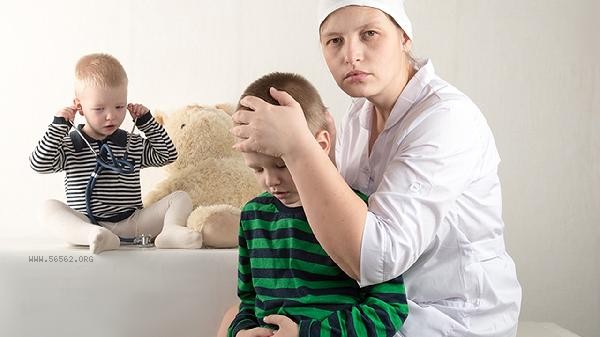A 5% proportion of eosinophils is usually not considered an early symptom of leukemia. Mild elevation of eosinophils may be related to factors such as allergies, parasitic infections, and skin diseases. Early leukemia is often accompanied by other typical blood abnormalities. The normal range for eosinophils to account for the total number of white blood cells is 0.5% -5%, with 5% being the critical value. physiological elevation is commonly seen in allergic rhinitis attacks during pollen season, after consuming allergenic foods, or exposure to allergens such as dust mites. This type of situation is usually accompanied by allergic symptoms such as skin itching and sneezing, while other blood routine indicators such as hemoglobin and platelets are often normal. Parasitic infections such as roundworms and hookworms can also stimulate an increase in eosinophils, which may be accompanied by symptoms such as abdominal pain and positive fecal eggs. Some skin diseases such as eczema and psoriasis may also experience a mild increase in this indicator during the acute phase. Early leukemia is usually characterized by abnormal proportions of neutrophils or lymphocytes, with rare cases of elevated eosinophils alone. If there are symptoms such as hemoglobin levels below 110g/L, thrombocytopenia, immature cells found on peripheral blood smears, or persistent fever, bone pain, and lymphadenopathy, then the possibility of hematological diseases should be considered. Some special types of leukemia, such as eosinophilic leukemia, often have an eosinophilic ratio exceeding 20% and are accompanied by chromosomal abnormalities, and need to be diagnosed through bone marrow puncture.

When eosinophils are found to be 5%, it is recommended to recheck the blood routine 2-4 weeks later to observe the dynamic changes of the indicators. Daily records should be kept of any allergic symptoms, travel history to epidemic areas, or raw eating habits. If necessary, parasite antibody testing and bone marrow cytology examination should be completed. Parents of pediatric patients should pay special attention to their dietary and environmental hygiene management to avoid self medication to mask symptoms.










Comments (0)
Leave a Comment
No comments yet
Be the first to share your thoughts!